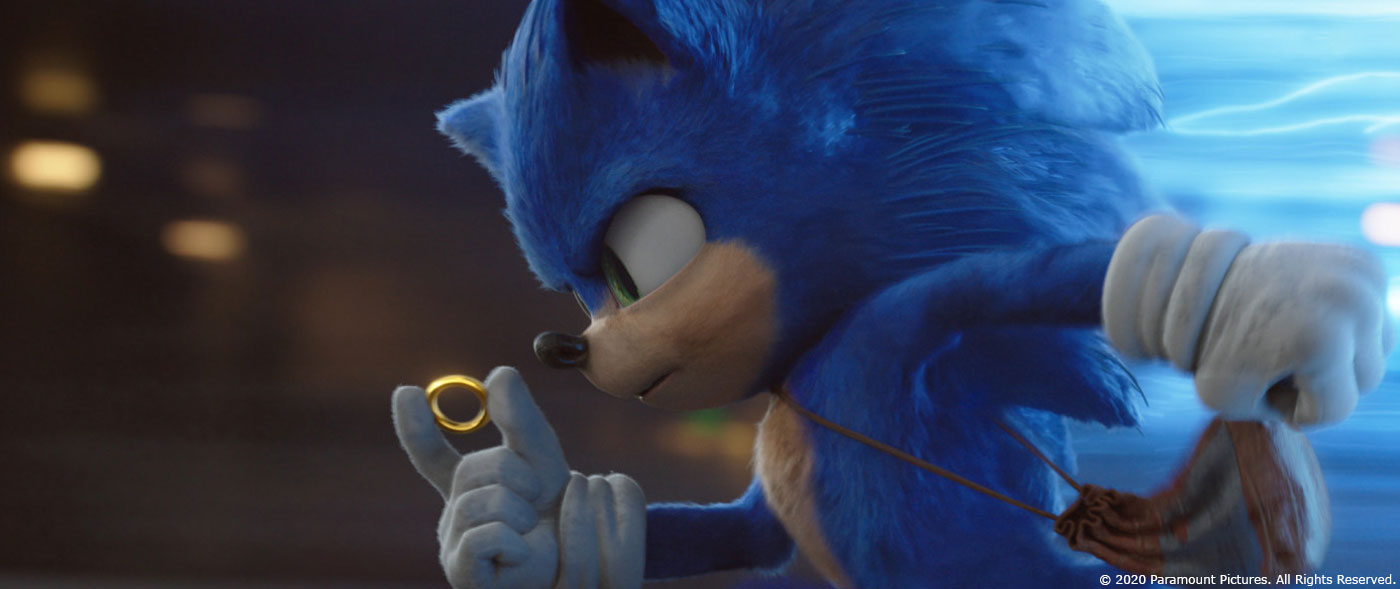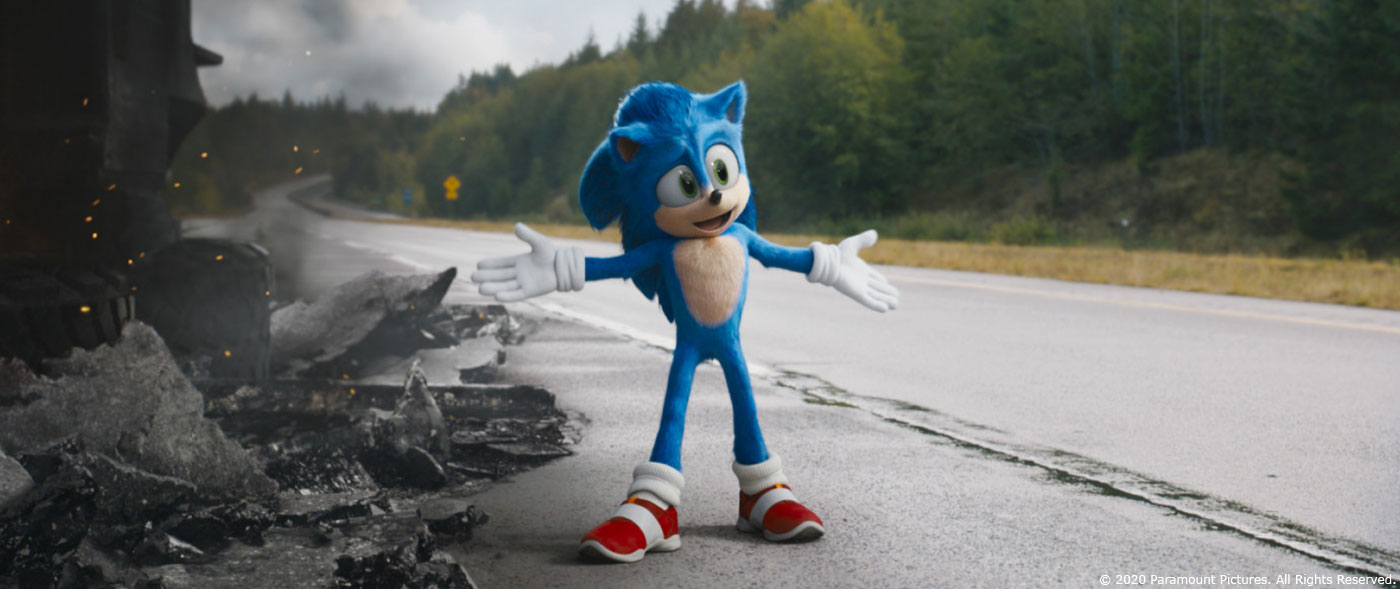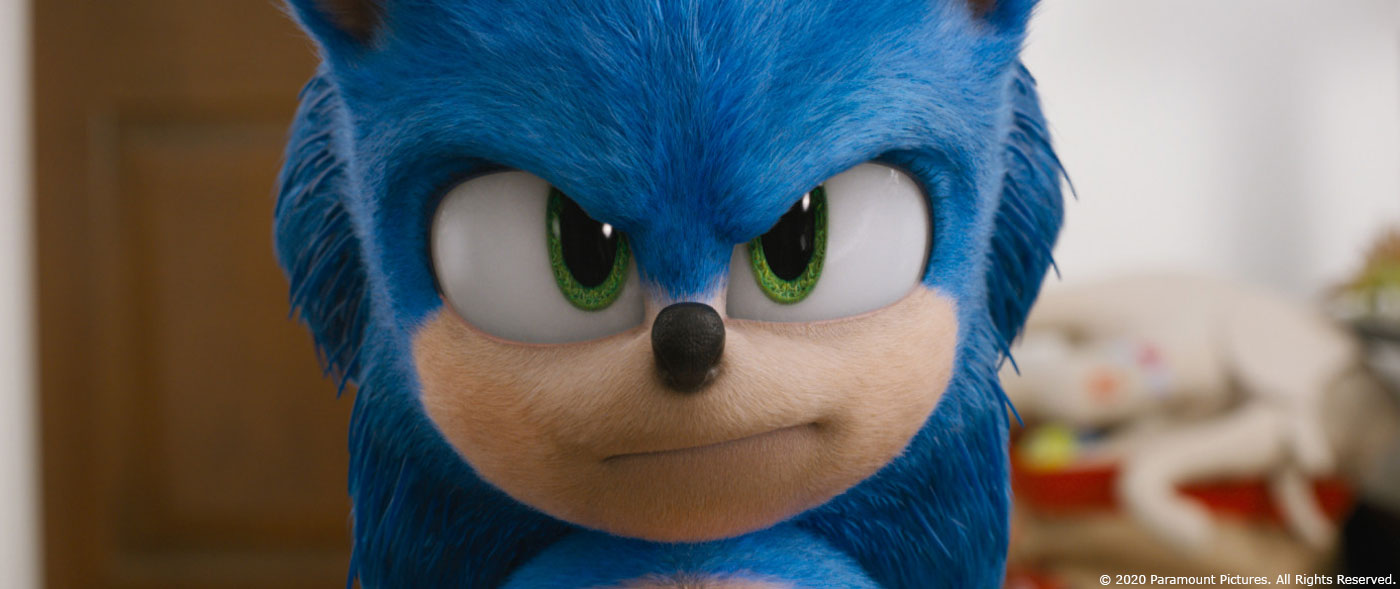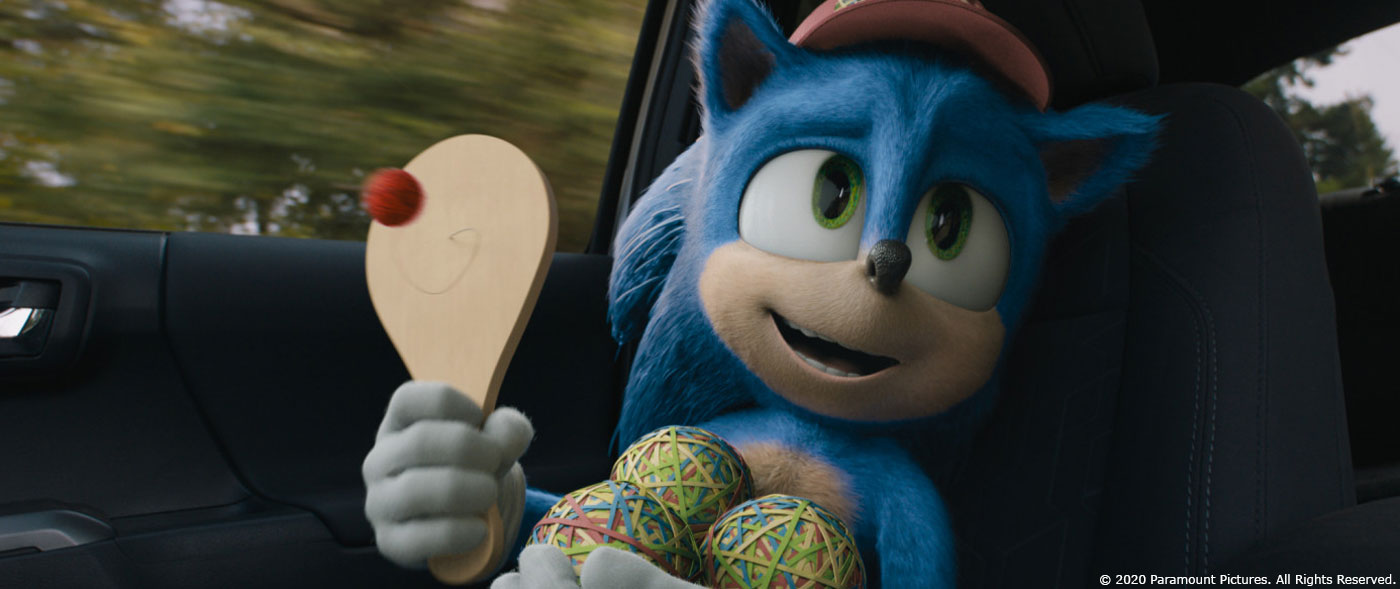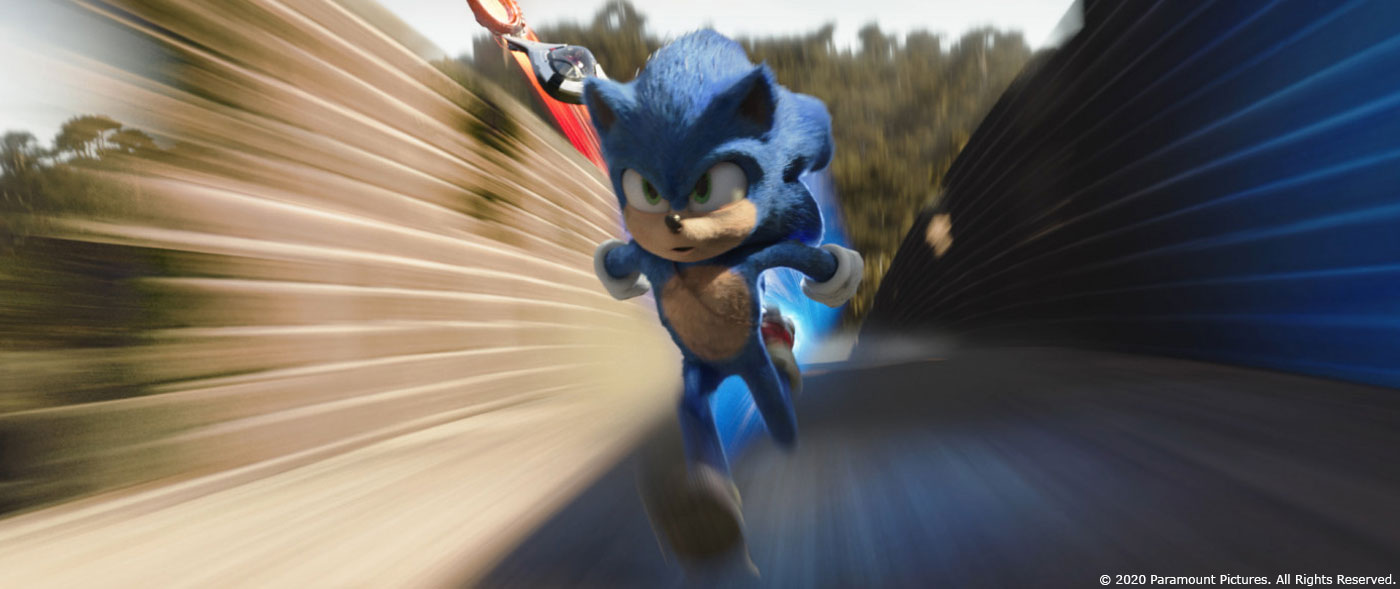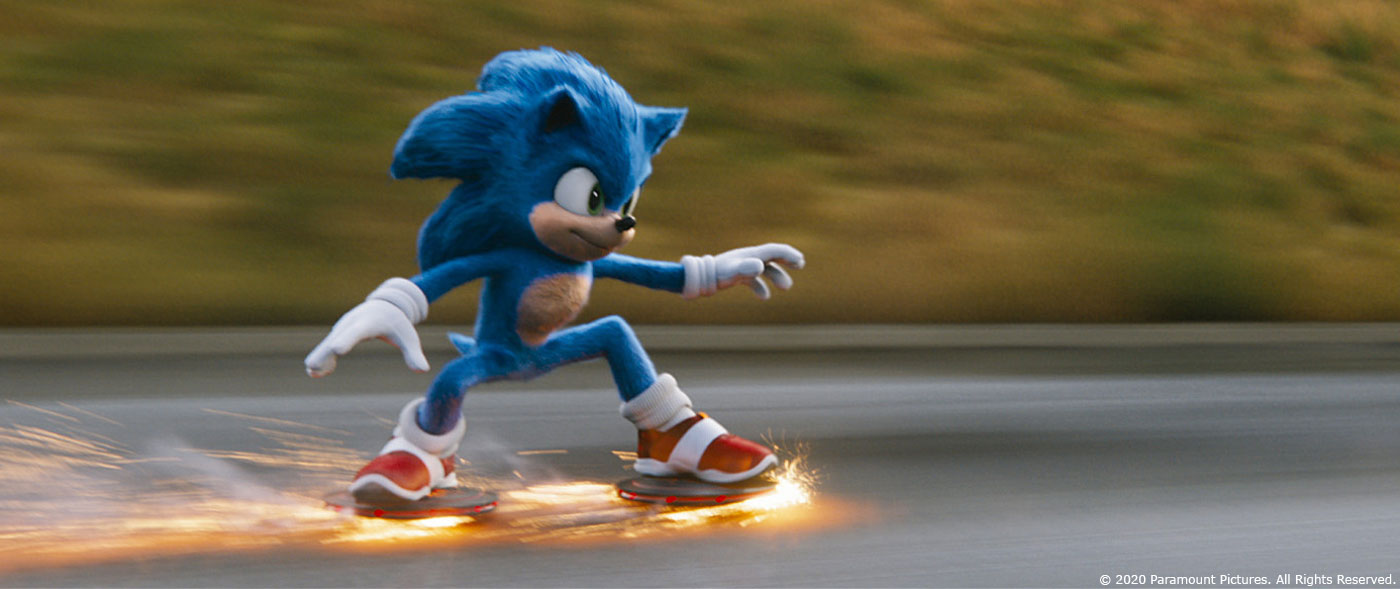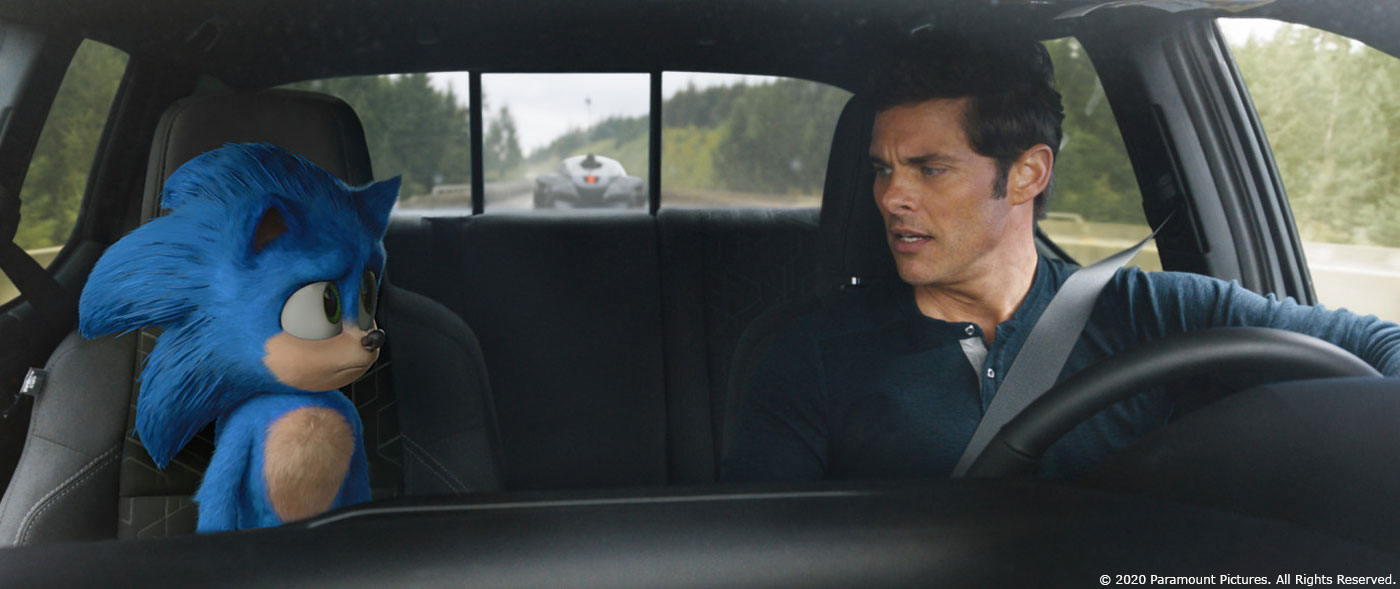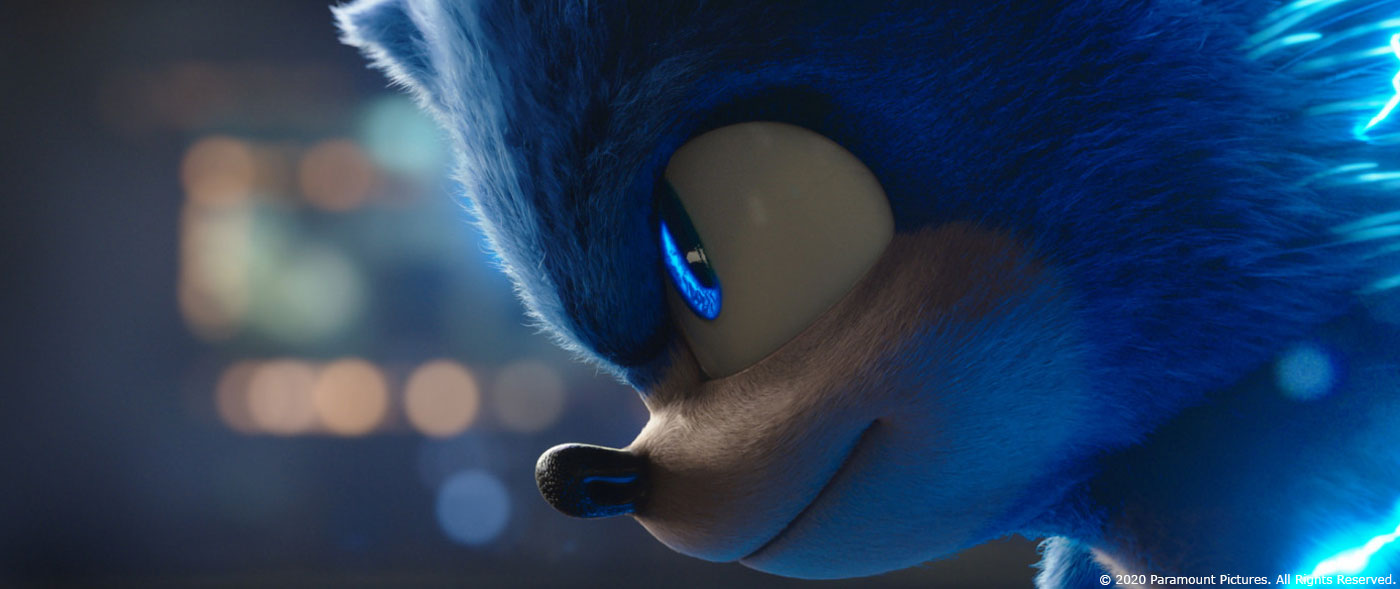Ten years ago, Ged Wright told us about the work of DNEG on IRON MAN 2. He then worked on many films such as ATTACK THE BLOCK, MAN OF STEEL, GODZILLA and ASSASSIN’S CREED.
How did you get involved on this show?
I interviewed with Jeff Fowler in May of 2018, just after I had joined MPC. He was clearly very comfortable with the process of VFX and I was interested in doing both a show where the focus was the main character & something that my children could enjoy. Fortunately the meeting went well and they wanted me to be a part of the project.
How was the collaboration with director Jeff Fowler?
It was great! Jeff is a very creative and collaborative director who was comfortable for other people on the production contributing ideas and clear when they were not in line with what he needed.
What was his expectations and approach about the visual effects?
Jeff’s brief was for the VFX to feel like an integrated part of the world we were creating for Sonic & not something that was distracting or took the audience out of that experience. Coming from Blur Studios he was already very used to the VFX process and how many different steps there are that go into the production of a shot.
For us, one of the key challenges to overcome was how to turn over visual effects shots inside a fairly tight schedule & not have too much wasted work. For this we relied upon an inhouse production team lead by Joel Prager to create postviz shots. While this allowed for temping VFX shots in general, the primary focus was on putting a version of Sonic into the movie.
Can you elaborates about the previs process?
We decided to approach the Sonic shots as the start of the shot production pipeline where possible. To this end we would properly 3D track the cameras and lineup to set Lidar, this work was carried out on quicktimes which allowed the team to work without the overhead of scans. Not being an anamorphic show and using modern lenses these temp tracks were often of use later in the production process & even if not, were properly rationalised in 3d space and to each other.
With a cut down version of the MPC Sonic rig the postviz artists were then able to try different creative solutions to the shots at an early & iterative part of the process. This meant that on turnover of the shots there was often clear blocking which allowed the animators to focus on the performance of the shots. It also allowed editorial to try different things before having to turn over shots.
Can you explain in detail about the creation of this iconic character?
Translating the Sonic design into a 3D character was a challenging process. We certainly tried a lot of things as a group, some of which were more successful that others. I feel that all of this development contributed to the end result and final design & while it may not be directly translatable was a part of the process. For instance the fur shading which we developed for a more real world Sonic was directly useable on the more stylized Sonic. Along with a number of other things this all contributed to making the actual redesign process a fairly painless process.
Can you tell us more about its rigging and animation?
We made sure that there was a high level of control over Sonics key expressive elements. Which means his eyes, face and hands & having the ability to either scale, subtly break or enhance these characteristics allowed us to keep Sonic on model and in character across the whole production.
How did you design and create his super speed animations?
Sonic has two big super speed moments where time is slowed down to his, very speedy, timeline. The rest of the time we wanted to experience his speed as the characters would in the film. So for when he is moving very quickly we wanted to see that as multiple Sonics in the scene connected by a zip effect which we could dial up and down. When we’re at Sonic speed the world should be largely frozen as he moves through it in a slightly heightened, gravity defying way.
For the roadhouse sequence we talked through a number of different shooting methodologies & shot tests with a phantom camera to try and capture these moments in camera as much as possible. Whilst this looks really cool it has a couple of challenges, it is both difficult to direct the performance as you are only capturing a split second of actual action. And shooting on a set at such highspeed means a lot of light and / or breaking things up into a lot of layers.
In the end we decided to have the actors either frozen or moving very slightly while the camera moved through the scene. This allowed a high degree of art direction onset & meant that everyone could see what we were shooting on the day. We then locked down any movement of the actors and added air borne and interactive debris and FX in post production.
Can you tell us more about the FX work especially with his lightning bolts?
We really wanted the lightning to interact with his fur and illuminate it to feel as dynamic as possible. Getting this right took a little trial and error & was the most challenging component.
How did you handle the challenge of changing the character’s design so late in post-production?
While it was late in the process in some respects, we were still near the beginning of the primary animation phase and shot production. With a clear design remit to Tyson Hesse the actual execution of the work was fairly straightforward. We kept Sonics overall scale and limb lengths consistent so most if not all the postviz work was still valid. This meant by and large the plates and shots were not changing & the movie itself didn’t change as a result of the Sonic redesign. Nailing an emotional performance with the redesigned character was the next step. This happened with a shot in the motel where Sonic is talking to Tom.
The other component was morale and Jeff very kindly took the time to fly to Vancouver and meet with the artists doing the work. No matter how your work is received the same level of energy and commitment are required. We wanted to let the people doing the work how much it meant to the production team that they were being such professionals and committing to the project even after the negative feedback. I’m personally pleased the reception of the film after its release reflects this commitment and passion from everyone involved.
Where was filmed the various parts of the movie?
We filmed in Vancouver for principle photography, both on location and at Mammoth Studios.
We also had a VFX plate unit which shot in San Francisco, Paris, South Africa and Abu Dhabi.
How did you split the work amongst the various vendors?
MPC was the primary vendor on the show and was responsible for 95% of the Sonic work in the film.
Marza Animation Planet were the other key vendor on the show and they were tasked with the backstory and creation of Baby Sonic.
How long have you worked on this show?
I ended up working for about 18 months on the show.
What’s the VFX shots count?
We competed over 1300 shots.
What was the size of your team?
That is difficult to answer these days as the VFX process is so multi national.
Our production side team was small.
What is your next project?
Not 100% sure right now.
A big thanks for your time.
WANT TO KNOW MORE?
MPC: Dedicated page about SONIC THE HEDGEHOG on MPC website.
© Vincent Frei – The Art of VFX – 2020


